I have a question concerning rasterization of polygons by maximum overlap, i.e assign the value of the polygon that has the highst area overlap with the raster cell.
The real world exercise is to rasterize polygons of soil-IDs in R, in order to produce relatively low resolution maps of soil properties as model inputs.
The problem is that the rasterize() function of the terra package (and similar stars' st_rasterize()) assigns the cell value from the polygon that contains the cell midpoint. If a raster cell contains multiple polygons, I would rather like to select the value of the polygon (soil-ID), which has the highest aerea cover in a raster cell.
Here is a small self-contained example that visualizes my problem, using terra.
library(terra)
f <- system.file("ex/lux.shp", package="terra")
v <- vect(f)
r <- rast(v, ncols = 3, nrow = 3)
rcc <- vect(xyFromCell(r, cell = 1:ncell(r)))
x <- rasterize(v, r, field = "NAME_2")
plot(x)
lines(r, col = "light gray")
lines(v)
points(rcc)
Mostly, the polygons that contain the cell center also seem to have the highest area share. However, in some cases (top row, 3rd cell), this is not the case. The problem appears to get worse the bigger the cells are compared with the polygons. I could therefore start with high resolution raster, and than resample to the desired (lower) resolution, using an aggregation function (e.g. the mode). But, maybe someone has a more efficient idea?
Thank you for your help!




